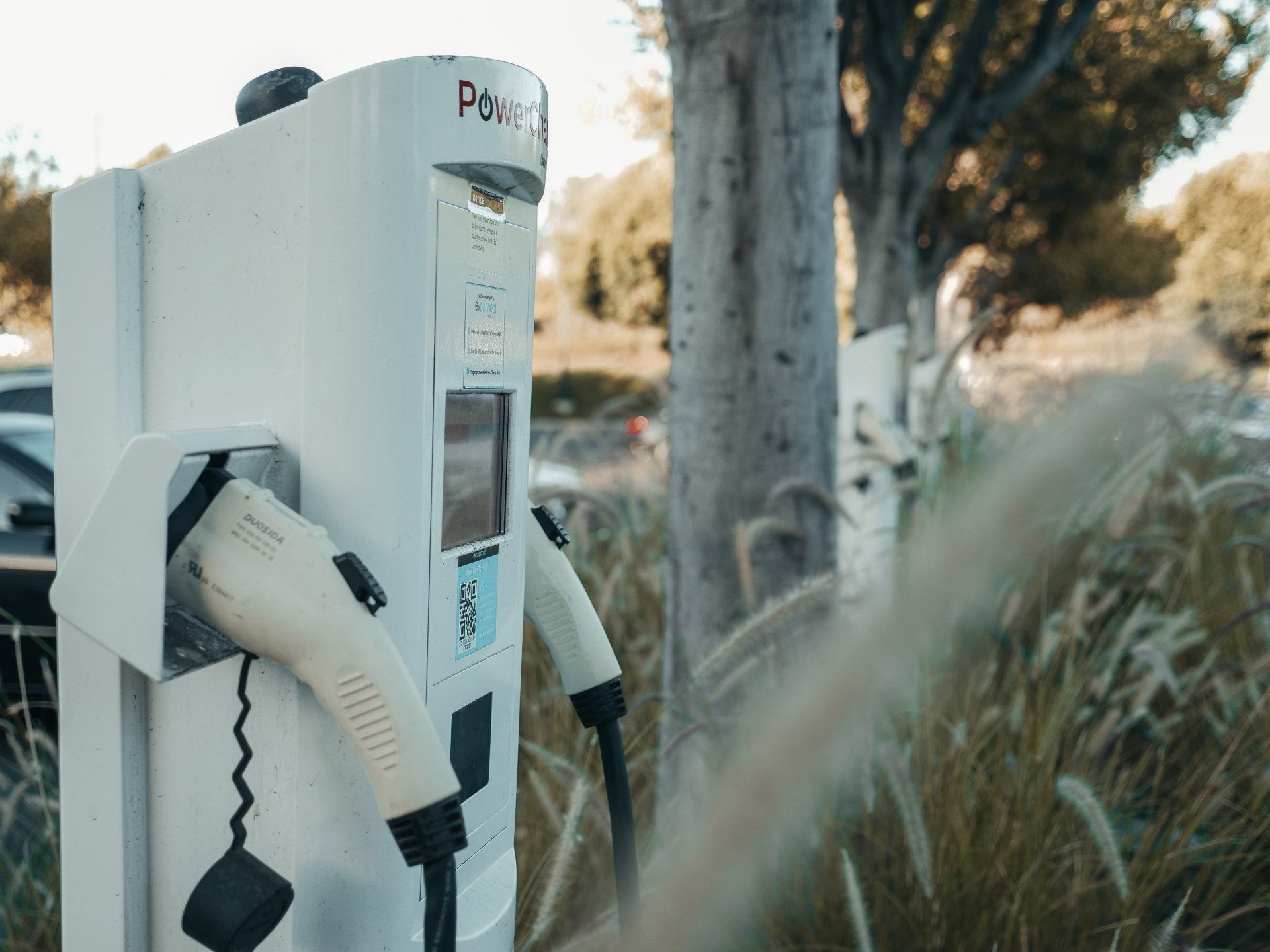Year-End Tax Planning for Business
Flexibility can be a virtue
For most businesses, year-end tax planning involves a delicate balancing act, and the more flexibility that is built into the plan, the better. That’s because the tax code is in a constant state of flux, which makes it challenging to identify the most effective strategies.
For example, a general rule of tax planning says that you should defer income to next year and accelerate deductible expenses into this year to minimize your tax bill. But if Congress sharply increases tax rates effective next year, you may be better off doing the opposite: accelerating income and deferring expenses to take advantage of this year’s lower tax rate.
Another tax-planning strategy that may make sense to reconsider is maximizing depreciation-related tax breaks.
Bonus depreciation and Section 179 expensing
For many businesses, an effective strategy for generating tax deductions to reduce this year’s tax bill is to invest in needed machinery, equipment or building improvements and place them in service by the end of the year. Often, these assets are eligible for 100% bonus depreciation or the Sec. 179 expensing election, allowing you to fully deduct the cost up front rather than depreciating it over a period of years or decades.
Most new and used machinery and equipment qualifies for 100% bonus depreciation or immediate expensing. In addition, many interior improvements to commercial buildings are eligible for bonus depreciation as qualified improvement property (QIP). (See “Can your business deduct the cost of interior improvements?” at X.)
A couple of things to keep in mind: First, Sec. 179 deductions in a given year are currently capped at $1.08 million and the deduction is gradually phased out when a taxpayer’s qualifying expenditures exceed $2.7 million. (Both limits are annually adjusted for inflation.) Second, 100% bonus depreciation is scheduled to be phased out after this year. The deduction generally will be reduced to 80% for property placed in service in 2023, 60% in 2024, 40% in 2025 and 20% in 2026. After 2026, bonus depreciation will be eliminated absent Congressional action.
Not right for everyone
Bonus depreciation and Sec. 179 expensing can do wonders for your company’s tax bill and cash flow, but claiming them isn’t always the best strategy. It’s important to look at your overall tax situation to see whether you’d be better off using regular depreciation rules to spread the deductions over several years. For example, it may be advantageous to forgo bonus depreciation or Sec. 179 expensing if:
- You expect your tax rate to go up in the future.
The benefit of a deduction is that it reduces your taxable income and, therefore, your tax liability. The higher your marginal tax rate, the greater the amount of tax avoided.
If you believe your tax rate will increase in the near future — either because you expect to be in a higher tax bracket or you think Congress will raise tax rates — you may be better off deducting less (or investing in less) now. In this instance, you can claim larger depreciation deductions in future years when tax rates may be higher, thus making deductions more valuable. - You’re improving the interior of a building that you plan to sell.
If you’ve made a significant investment in QIP in a building you plan to sell, claiming bonus depreciation may set a dangerous tax trap. Why? Because your profits on the sale, to the extent they’re attributable to bonus depreciation or any Sec. 179 deductions you’ve claimed, will be treated as “recaptured” depreciation taxable at ordinary income tax rates as high as 37%.
In contrast, if you deduct the cost of QIP under regular depreciation rules — typically, on a straight-line basis over 15 years — then any long-term gain attributable to such depreciation will be taxable at a top rate of 25% when the building is sold. - You’re eligible for the qualified business income (QBI) deduction.
The QBI deduction, sometimes referred to as the “pass-through” deduction, currently allows certain sole proprietors and owners of partnerships, limited liability companies and other pass-through entities to deduct up to 20% of their QBI. Among other restrictions, the deduction is capped at 20% of taxable income (excluding net capital gains).
Because bonus depreciation or Sec. 179 expensing reduces your taxable income, it may also reduce your QBI deduction. So, before claiming these deductions, be sure to weigh their potential benefits against the potential tax cost of a reduced QBI deduction.
Look at the big picture
As you can see, there isn’t one right year-end tax strategy for every business. Your tax advisor can help you look at your overall tax picture and examine how various tax benefits interact with each other to determine the optimal tax-planning strategies for your business.
Can your business deduct the cost of interior improvements?
If your business is planning interior renovations, there may be a tax advantage to completing them by the end of this year. Interior improvements properly classified as qualified improvement property (QIP) are eligible for bonus depreciation, which currently allows you to deduct 100% of the cost up front. After 2022, however, bonus depreciation deductions are scheduled to be gradually reduced and then eliminated after 2026.
QIP includes most improvements to the interior of an existing nonresidential building, such as drywall, ceilings, interior lighting, fixtures, interior doors, interior HVAC components, fire protection, mechanical, electrical and plumbing. It doesn’t include improvements to elevators, escalators or the building’s internal structural framework, nor does it include enlargement of the building.
QIP became eligible for bonus depreciation in 2018, so if you made qualifying improvements since that time, you may have an opportunity to recover deductions you missed and claim a tax refund.
This material is generic in nature. Before relying on the material in any important matter, users should note date of publication and carefully evaluate its accuracy, currency, completeness, and relevance for their purposes, and should obtain any appropriate professional advice relevant to their particular circumstances.



Subscribe to Our Newsletter
Receive a digest of articles published by our thought leaders in your inbox.
Subscribe to Get Our Special Offers
Thanks for subscribing. You'll be the first to hear about new items and special offers.
Please try again later.
Resources
Meyers Brothers Kalicka, P.C. | Privacy Policy






